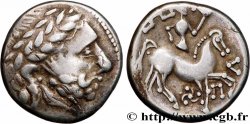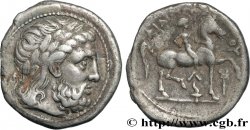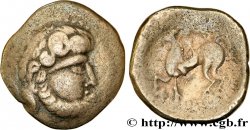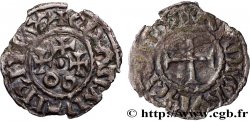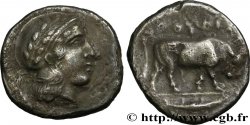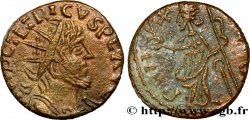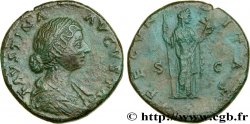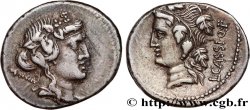Live auction - bgr_498621 - CELTI DEL DANUVIO Tétradrachme au cavalier, imitation de Philippe II
Devi Sign-in ed essere un offerente approvato fare un'offerta, Login per fare offerte. Conti sono soggetti ad approvazione e di approvazione sono raggiunti entro 48 ore. Non aspettare fino al giorno di una vendita si chiude per registrarti.Confermando la tua offerta su questo oggetto ti impegni ad un contratto legalmente vincolante per l'acquisto di questo prodotto e fare clic su «offerta» costituisce accettazione dei termini di utilizzo de live auctions cgb.fr.
Offerta deve essere collocato in euro gli importi interi vendita only.The si chiuderà al momento sulla descrizione dell'oggetto, eventuali offerte pervenute al sito dopo l'orario di chiusura non verranno eseguite. Volte transmition possono variare e le offerte potrebbero essere respinto se si attende per gli ultimi secondi. Per ulteriori informazioni ckeck le FAQ Live auction.
Le offerte vincenti saranno sottomesse ai 18% per spese di compartecipazione alla vendita.
Le offerte vincenti saranno sottomesse ai 18% per spese di compartecipazione alla vendita.
| Valutazione : | 750 € |
| Prezzo : | 450 € |
| Offerta maxima : | 450 € |
| Data di fine vendita : | 11 settembre 2018 14:05:51 |
| partecipanti : | 1 partecipanto |
Tipo : Tétradrachme au cavalier, imitation de Philippe II
Data: (IIe-Ier siècles avant J.-C.)
Metallo : argento
Diametro : 26,5 mm
Asse di coniazione : 12 h.
Peso : 13,08 g.
Grado di rarità : R2
Commenti sullo stato di conservazione:
Exemplaire sur un flan large bien centré des deux côtés. Belle tête particulière, légèrement stylisée de Zeus. Frappe un peu molle et brouillée au revers. Patine superficielle. A été nettoyé anciennement
N° nelle opere di riferimento :
Diritto
Titolatura diritto : ANÉPIGRAPHE.
Descrittivo diritto : Tête laurée de Zeus à droite ; grènetis.
Rovescio
Descrittivo rovescio : Cavalier au pas à droite, tenant une palme de la main droite ; le cheval lève l'antérieur à droite, encadrée d’une lettre, d’une torche de course et d’un dauphin ; au-dessus du cavalier, la légende.
Legenda rovescio : FILIPP-.-U/ L
Traduzione rovescio : (de Philippe).
Commento
Imitation de l’atelier d’Amphipolis avec le lambda et la torche de course sous le cheval au revers. Poids léger. Si le statère d'or de Philippe II de Macédoine a servi de prototype à de nombreuses imitations gauloises, le tétradrachme n'a pas été imité en Gaule, mais reste principal sujet d'inspiration des monnaies pour les Celtes du Danube (LT. 9697-9767, 9768-9832, 9618-9630, 9870-9886). Les premières imitations furent frappées dans le premier quart du IIIe siècle avant J.-C. La fabrication des copies serviles, puis des imitations, enfin des frappes celtiques continuèrent pendant plus de deux siècles.
Le revers est particulièrement intéressant, avec des motifs assez inhabituels ; le dauphin devant le cheval est particulièrement bien visible, alors qu'il est difficile de déterminer la nature du motif partant de la ligne d'exergue.
Cet exemplaire correspond au n° 961 ou 973 (même photo) du musée de Vienne.
Imitation from the Amphipolis mint with the lambda and the racing torch under the horse on the reverse. Light weight. While the gold stater of Philip II of Macedon served as a prototype for many Gallic imitations, the tetradrachm was not imitated in Gaul, but remains the main source of inspiration for coins for the Danube Celts (LT. 9697-9767, 9768-9832, 9618-9630, 9870-9886). The first imitations were struck in the first quarter of the 3rd century BC. The manufacture of servile copies, then imitations, and finally Celtic strikes continued for more than two centuries. The reverse is particularly interesting, with rather unusual motifs; the dolphin in front of the horse is particularly visible, while it is difficult to determine the nature of the motif starting from the exergue line. This example corresponds to no. 961 or 973 (same photo) from the Vienna museum
Le revers est particulièrement intéressant, avec des motifs assez inhabituels ; le dauphin devant le cheval est particulièrement bien visible, alors qu'il est difficile de déterminer la nature du motif partant de la ligne d'exergue.
Cet exemplaire correspond au n° 961 ou 973 (même photo) du musée de Vienne.
Imitation from the Amphipolis mint with the lambda and the racing torch under the horse on the reverse. Light weight. While the gold stater of Philip II of Macedon served as a prototype for many Gallic imitations, the tetradrachm was not imitated in Gaul, but remains the main source of inspiration for coins for the Danube Celts (LT. 9697-9767, 9768-9832, 9618-9630, 9870-9886). The first imitations were struck in the first quarter of the 3rd century BC. The manufacture of servile copies, then imitations, and finally Celtic strikes continued for more than two centuries. The reverse is particularly interesting, with rather unusual motifs; the dolphin in front of the horse is particularly visible, while it is difficult to determine the nature of the motif starting from the exergue line. This example corresponds to no. 961 or 973 (same photo) from the Vienna museum







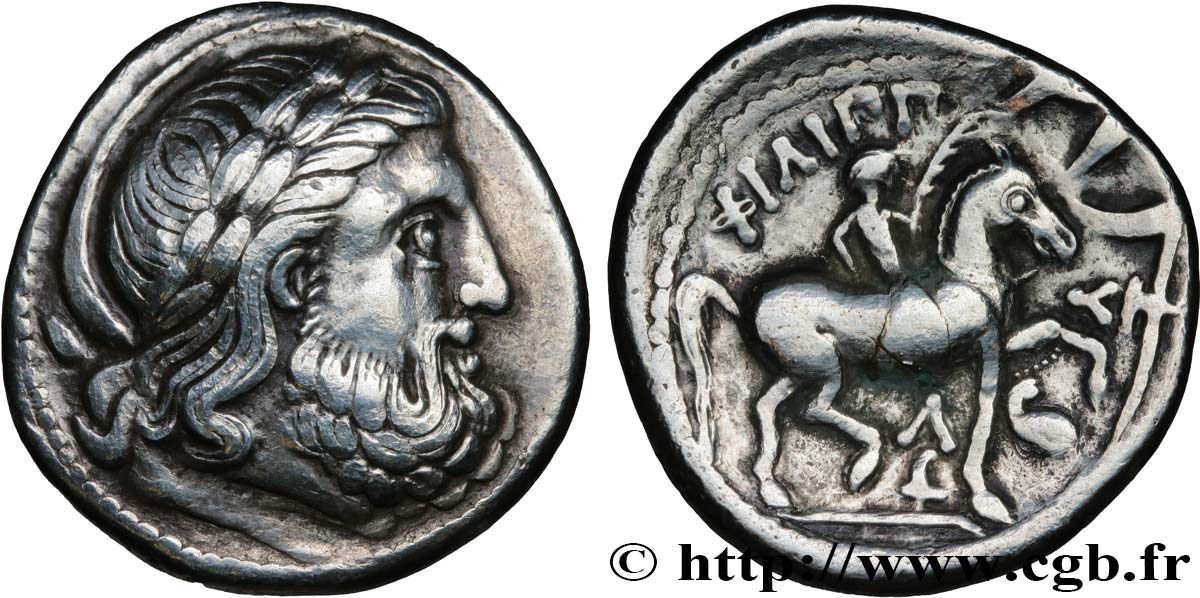
 Segnalare un errore
Segnalare un errore Stampate la pagina
Stampate la pagina Condividi mia selezione
Condividi mia selezione Fai una domanda
Fai una domanda Consegnare / vendere
Consegnare / vendere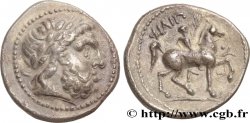
 Descrittivo
Descrittivo